While digging a well might seem like an extensive process, it can be broken down into a few steps. Even if you don’t live off the grid, a well can still seem like a good idea. You may not want to rely solely upon the government’s water supply, particularly when there’s an unexpected crisis.
Making it legal
The first thing you need to do is make sure that you’re allowed to have a well on your property. If you live in the city, for example, or even in some townships you might not be allowed to because of laws and ordinances.
Keeping it clean
That means keeping it away from things like marshes, septic tanks and cisterns. But don’t just find the septic tank, follow the lines to make sure you’re at least 50 feet away from it at all times. Then make sure you’re staying away from electrical lines too.
Make sure you’re going at least 50 feet away from any buried fuel tanks or septic systems as well as 100 feet away from pastures and 5 feet from thinks like barns, building sites and anything else that could pollute your water. You’re also going to want a relatively deep well so if you reach water within 10 feet or less you need to find a different location for your well.
Check your equipment
That’s going to mean pumps, filters and a tank. Each one is going to depend on what you need in your home, including the amount of yield you need and definitely the flow rate that you’re going to need based on your family and the details of your yard as well.
Well pumps
Choose a pump and lines that are going to support the amount of yield that you want but that aren’t going to end up running dry frequently. So make sure it’s capable of operating at your high and low yield amounts at the same time so you won’t have any problems with use (or non-use).
If you’re looking to really get off the grid you may want to completely skip the pump and pipes and just dig out a well that you can lower a bucket into to get the water out.
Laying it out
If you can get a sample of the water in the area first you’ll be able to check for bacteria and other things in the ground that could make your water unsafe to drink from that area. It may take a few tries to find just the right spot with clear, safe drinking water.
Once you’ve found the right spot you’ll be ready to start digging. Your well is going to require at the very least a good quality shovel and a tool for you to test oxygen in the bottom of the well.
What you may not know is that the further down you get the less oxygen there could be and if you go into that well with nothing but carbon monoxide you could be in some big trouble. Testing your well before you start digging every day is going to be essential.
If you test the well and it’s low on oxygen all you need to do is wait a little while before you test again and go down. The carbon monoxide will fade off over a few hours and you’ll be okay to get started again.
Start by marking out the entire outside edge of your well. You can use the same pick and shovel as well as your bucket to mark it as you will to start your digging process. Just keep in mind that this area needs to be not only big enough to let you get your bucket down easily to draw up the water, but also needs to be large enough that you can fit down inside of it to dig out the well.
Make it the right size
Start by scoring out the size you want your well to be and then start actually digging. Try to dig evenly all the way across so you’re not going to end up standing in a small hole and trying to make it bigger.
Digging it down
Make sure that you’re always digging with someone nearby in case of any problems. There should always be a ladder or rope in the hole with you to make getting out a quick and easy process and you’ll always want someone standing at the other end keeping watch as well.
Drilling a hole for well
Make sure you brace up the walls with stones, bricks or tiles of some type before you get all the way to the bottom of your well.
You want to make sure you have the walls braced as you go but that you’ve put in place a more efficient and sturdy system before you get done because putting it in too early makes it more difficult to dig the well itself.
When you start getting closer to where the water table should be making sure you’re watching carefully as you dig. Water will start to come into your slowly at first and that’s when you want to make sure you really start to pay attention.
Waiting for it to fill
It could take some time for your well to fill up with water. Once it does you want to make sure you test it again.
You’ll want to put in a cover. You can choose to build up on your frame for the well, adding more bricks and stones to make it taller up at the top and easier to get a bucket out of, or you can choose to just add a cap on the ground.
Building the frame
The key is making sure you build a solid and sturdy frame that can support some weight and provides a counterbalance for when you’re trying to pull up that heavy bucket of water from the bottom.
You can use stones or bricks to make the frame. You can use cement for this part but make sure each layer of stones or bricks is securely fastened to the one before it before you move on to another one. You also want to make sure you keep each layer just as wide as the one below it. Don’t start making smaller circles.
Add bars on either side to support the roof as well as the bucket itself. One bar should go on each side and then have one across the middle. The center bar is where you’re going to have your counter support.
Well frame
A roof or at least a lid for the top of your well is going to keep all that debris and everything else out.
You can choose to make something with wooden slats or with a full roof with shingles. Either way you’ll need to build a frame for the roof and attach it to your two bars on either side. Once you do that you’ll be able to add on your form of shingles. Make sure your roof is slanted on the sides to form a peak in the middle.
If you use slatted wood make sure it’s done longways across the roof instead of going up and down.
That means the pieces of wood will run in the same direction as the crossbar that you put in for the bucket. They should also overlap slightly from bottom to top to make sure water and debris aren’t getting stuck in the cracks or creases.
Using your well
If you want to use your well all the time you can do that. Going out to draw up another bucket of water can be difficult but it’s going to provide you with water that’s all your own and that you know doesn’t have added chemicals or anything else that your city water probably has.
If you plan to use your well only in the event of something happening to the rest of society you want to make sure you’re periodically checking it over.
Are you interested in building your own well? If you’ve already built your own, do you have any other tips for those who are considering it?
Article Source: Survival Mastery
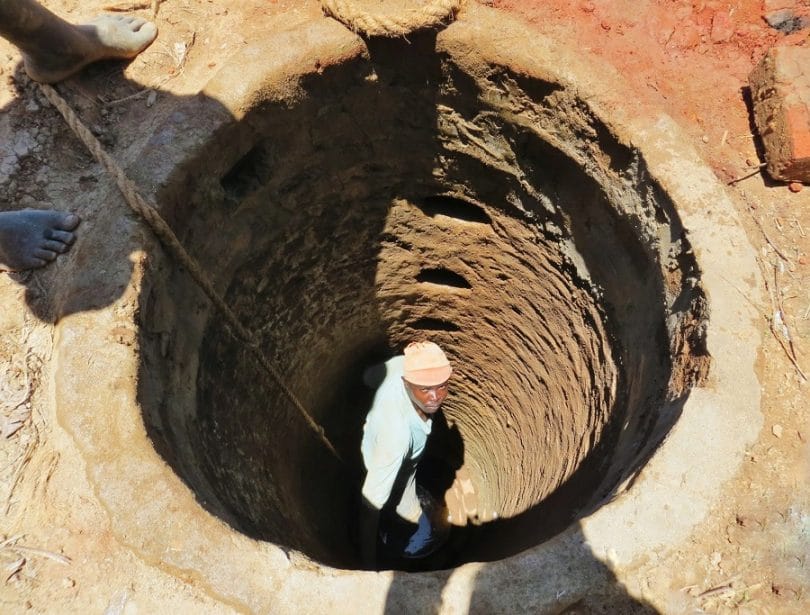
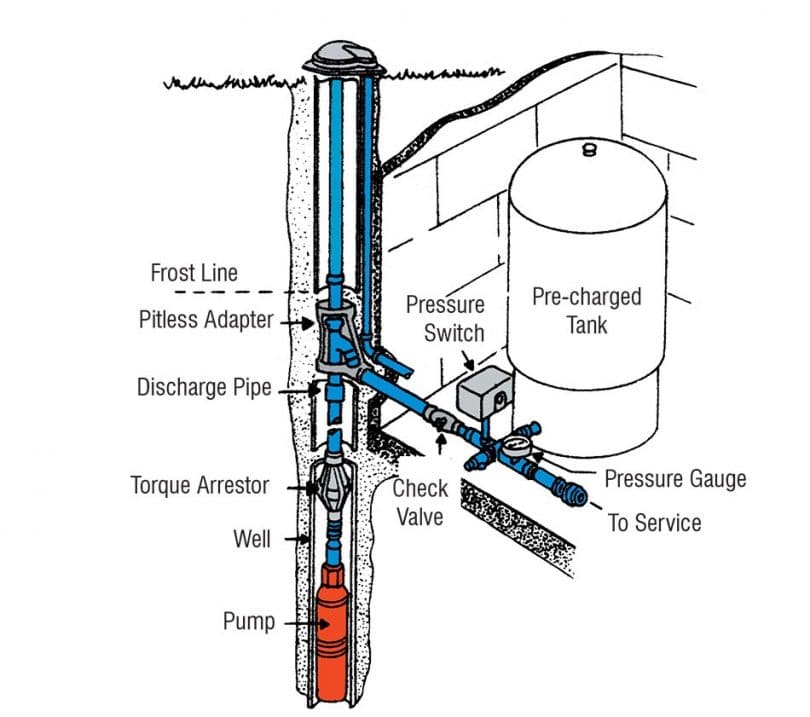
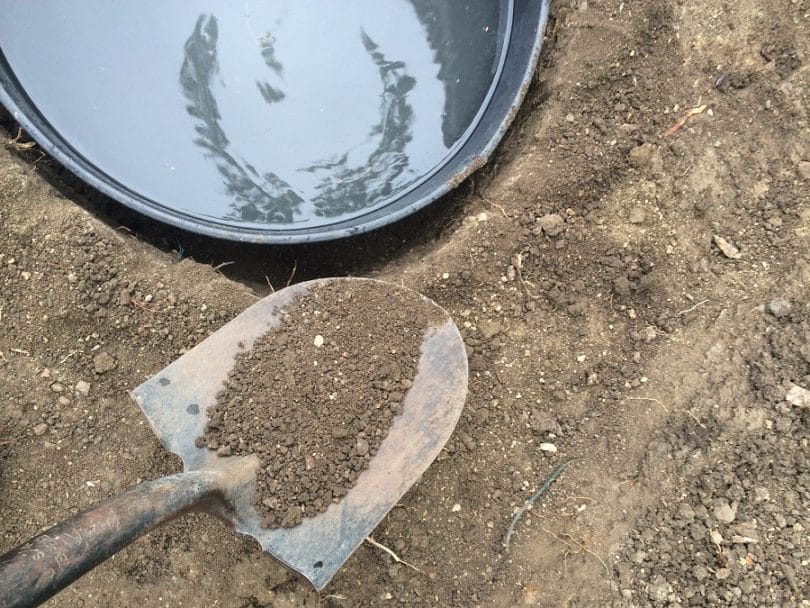

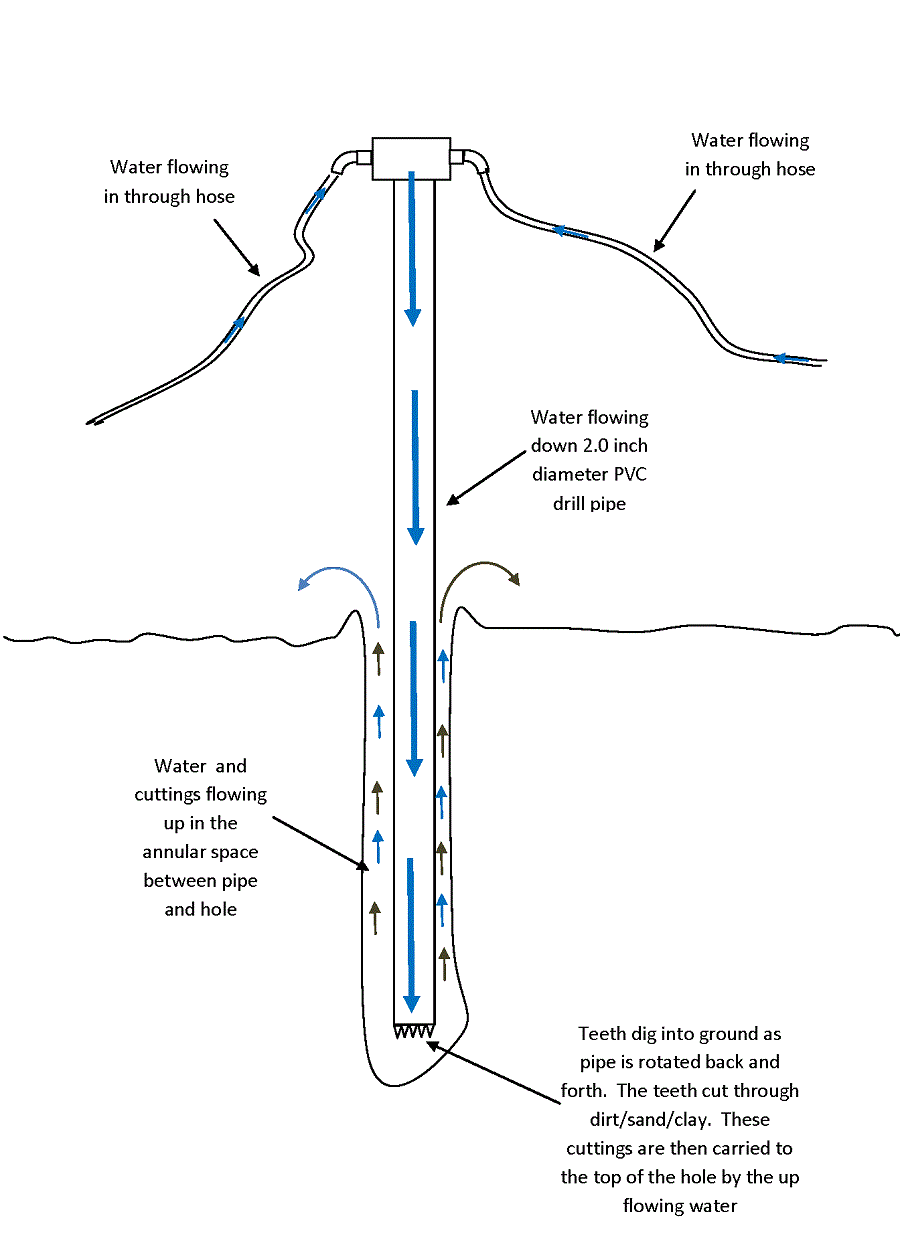
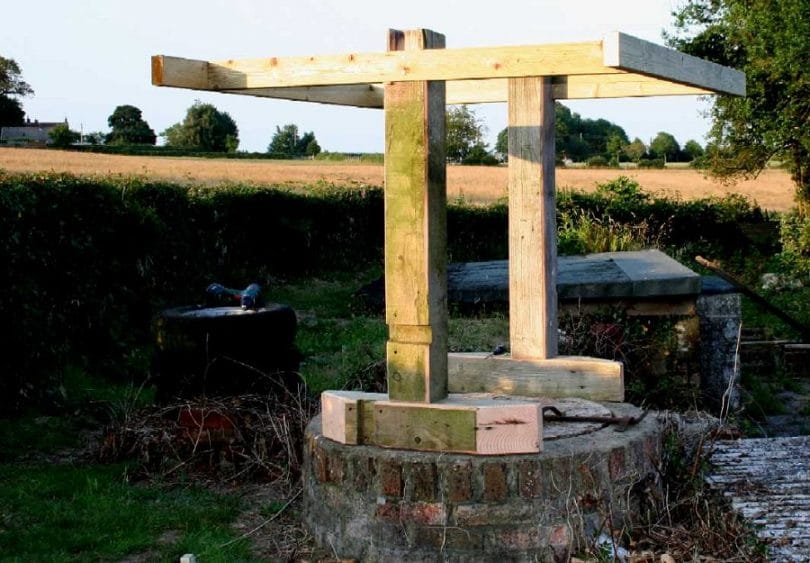
Looks a ill dangerous .